multiple receptacles in one 3-gang box?
JNR71
12 years ago
Related Stories
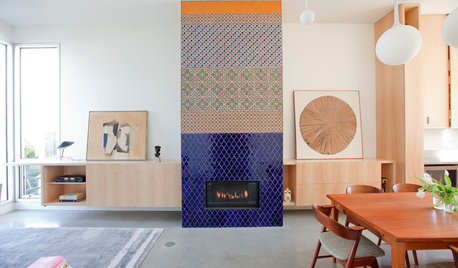
HOUZZ TOURSHouzz Tour: Innovative Home Reunites Generations Under One Roof
Parents build a bright and sunny modern house where they can age in place alongside their 3 grown children and significant others
Full Story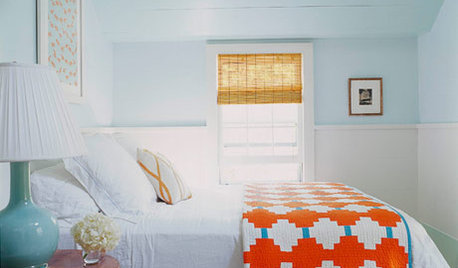
ENTERTAININGGenius Home Prep: A Guest Room in a Box
No dedicated guest room? Make hosting overnighters easier by keeping the essentials in one place
Full Story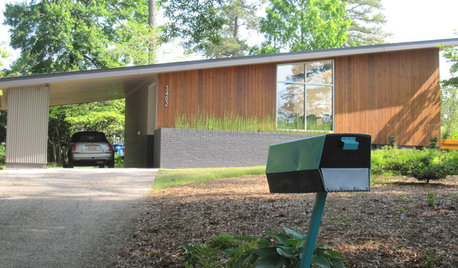
MIDCENTURY STYLEFollow One Man’s Midcentury-Mailbox Dream
An ill-fitting mailbox leads a determined dad on a quest — and possibly to a new business
Full Story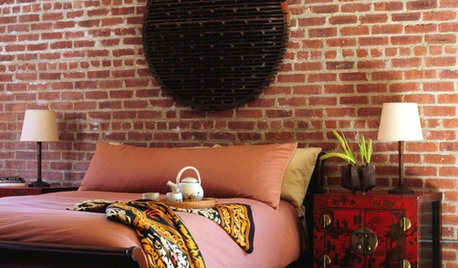
MORE ROOMSOne-of-a-Kind Decor for Above the Bed
That Headboard Wall: It's the Perfect Spot for an Accent All Your Own
Full Story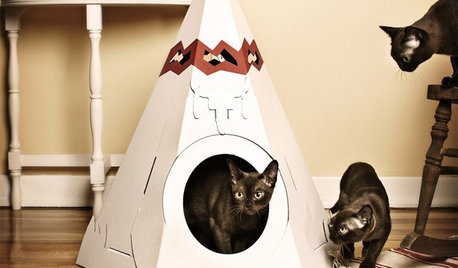
LIFEGet the Scoop on High-Design Litter Boxes
Unavoidable doesn't have to mean unpleasant; cats and guardians alike will purr over these terrific design solutions for the litter box
Full Story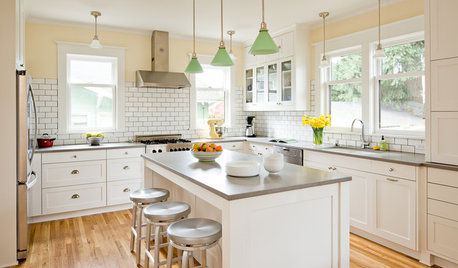
MOVINGThe All-in-One-Place Guide to Selling Your Home and Moving
Stay organized with this advice on what to do when you change homes
Full Story
FARM YOUR YARDHouzz Call: Show Us Your One-of-a-Kind Chicken Coops
Do you have a fun or stylish backyard shelter for your feathered friends? Post your pictures and stories in the Comments!
Full Story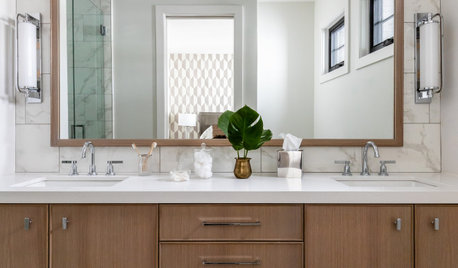
BATHROOM VANITIESShould You Have One Sink or Two in Your Primary Bathroom?
An architect discusses the pros and cons of double vs. solo sinks and offers advice for both
Full Story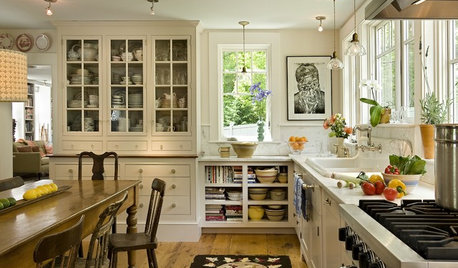
KITCHEN DESIGN12 Great Kitchen Styles — Which One’s for You?
Sometimes you can be surprised by the kitchen style that really calls to you. The proof is in the pictures
Full Story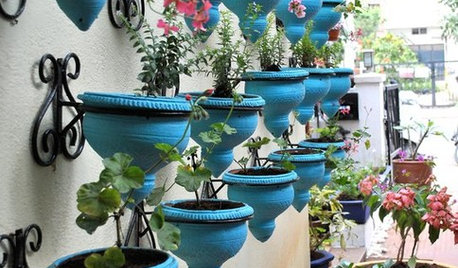
GARDENING AND LANDSCAPINGOne-of-a-Kind Ways With Planters
Bright colors, unusual shapes, unexpected uses ... these unique ideas for container plantings with personality may just grow on you
Full StoryMore Discussions









kurto
brickeyee
Related Professionals
Worcester Electricians · Aberdeen General Contractors · Alhambra General Contractors · Bon Air General Contractors · Bryan General Contractors · Geneva General Contractors · Niles General Contractors · Palm River-Clair Mel General Contractors · Champlin Solar Energy Systems · East Lake Solar Energy Systems · Birmingham Home Automation & Home Media · Cutler Bay Home Automation & Home Media · Franklin Home Automation & Home Media · Greatwood Home Automation & Home Media · Oak Lawn Home Automation & Home Mediasbrn33
terribletom
petey_racer
brickeyee
JNR71Original Author
Billl
JNR71Original Author
brickeyee
Billl